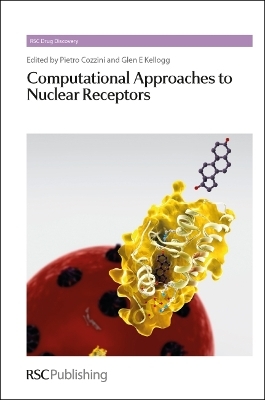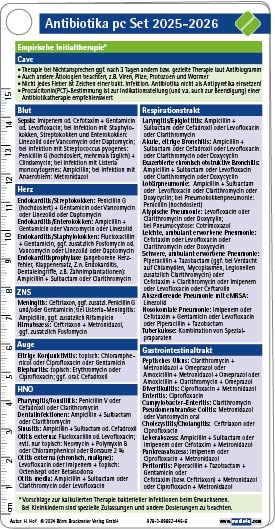
Computational Approaches to Nuclear Receptors
Royal Society of Chemistry (Verlag)
9781849733649 (ISBN)
- Lieferbar (Termin unbekannt)
- Versandkostenfrei
- Auch auf Rechnung
- Artikel merken
Professor Cozzini's main research interests have been the development of chemistry software and Database Design and the study of non covalent interactions in large organic host-guest complexes such as mono and bis-calixarenes, cyclodestrins and phorphirins, using different computational techniques. He is involved in the study of in silico molecular association using different molecular modelling approaches. In particular, he developed, together with Profs. Abraham, Kellogg and Mozzarelli, a new methodology based on a non Newtonian force field (HINT), to study biomolecular association, including the evaluation of the water role and the protonation state of the models. He has collaborations with Profs. D. Abraham and G. Kellogg, Institute for Structural Biology and Drug Discovery, Virginia Commonwealth (VA), Prof. A. Olson, Molecular Graphics Laboratory, The Scripps Research Institute, La Jolla (CA), Prof. S. Guccione, Department of Pharmaceutical Sciences, University of Catania, and with colleagues at University of Parma. Glen E. Kellogg is an Associate Professor in the Department of Medicinal Chemistry at Virginia Commonwealth University, USA.
Preface;
Introduction;
Nuclear receptors: connecting human health to the environment;
Structural aspects, pros and cons of structural data as a base for computational investigations;
Protein Structure Prediction and Analysis with Constraint Logic Programming;
Molecular Dynamics: A Tool to Understand Nuclear Receptors;
Docking, screening and selectivity prediction for small molecule nuclear receptor modulators;
Quantum chemical studies of estrogenic toxins;
Fluorescent rats to test computational studies;
Homology modeling studies of a Nuclear G-protein Coupled Receptor GPER;
From computational simulations on NR to chemosensors for food safety.
| Erscheint lt. Verlag | 2.11.2012 |
|---|---|
| Reihe/Serie | Drug Discovery Series ; Volume 30 |
| Verlagsort | Cambridge |
| Sprache | englisch |
| Maße | 156 x 234 mm |
| Gewicht | 460 g |
| Themenwelt | Medizin / Pharmazie ► Medizinische Fachgebiete ► Pharmakologie / Pharmakotherapie |
| Naturwissenschaften ► Biologie ► Biochemie | |
| Technik | |
| ISBN-13 | 9781849733649 / 9781849733649 |
| Zustand | Neuware |
| Informationen gemäß Produktsicherheitsverordnung (GPSR) | |
| Haben Sie eine Frage zum Produkt? |
aus dem Bereich


